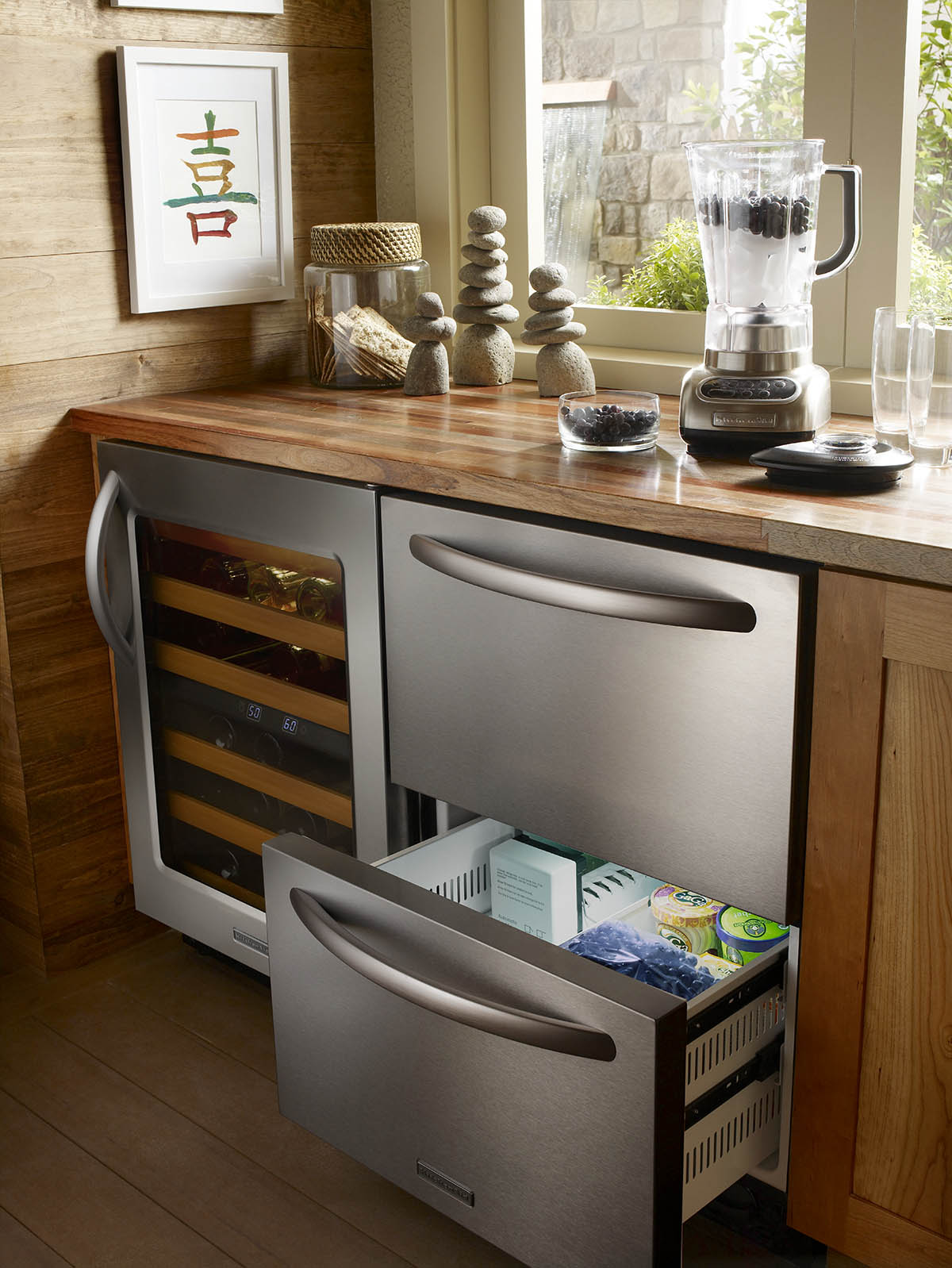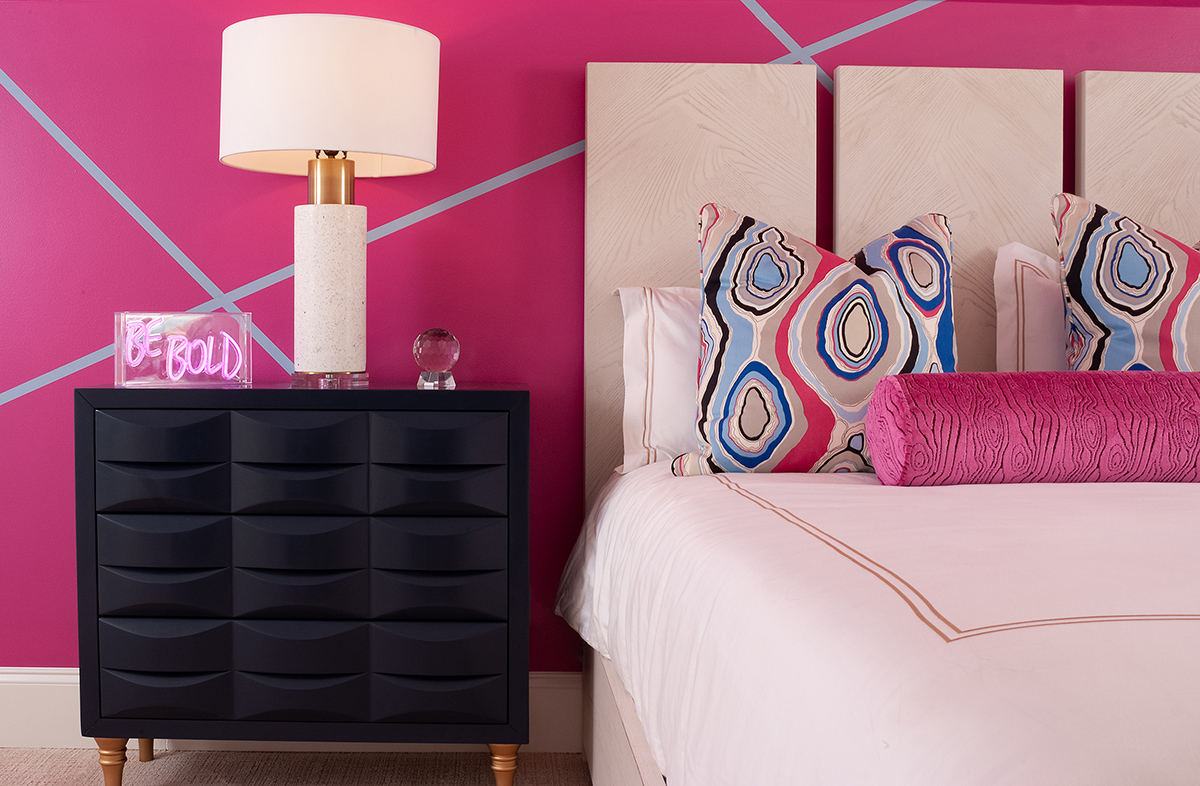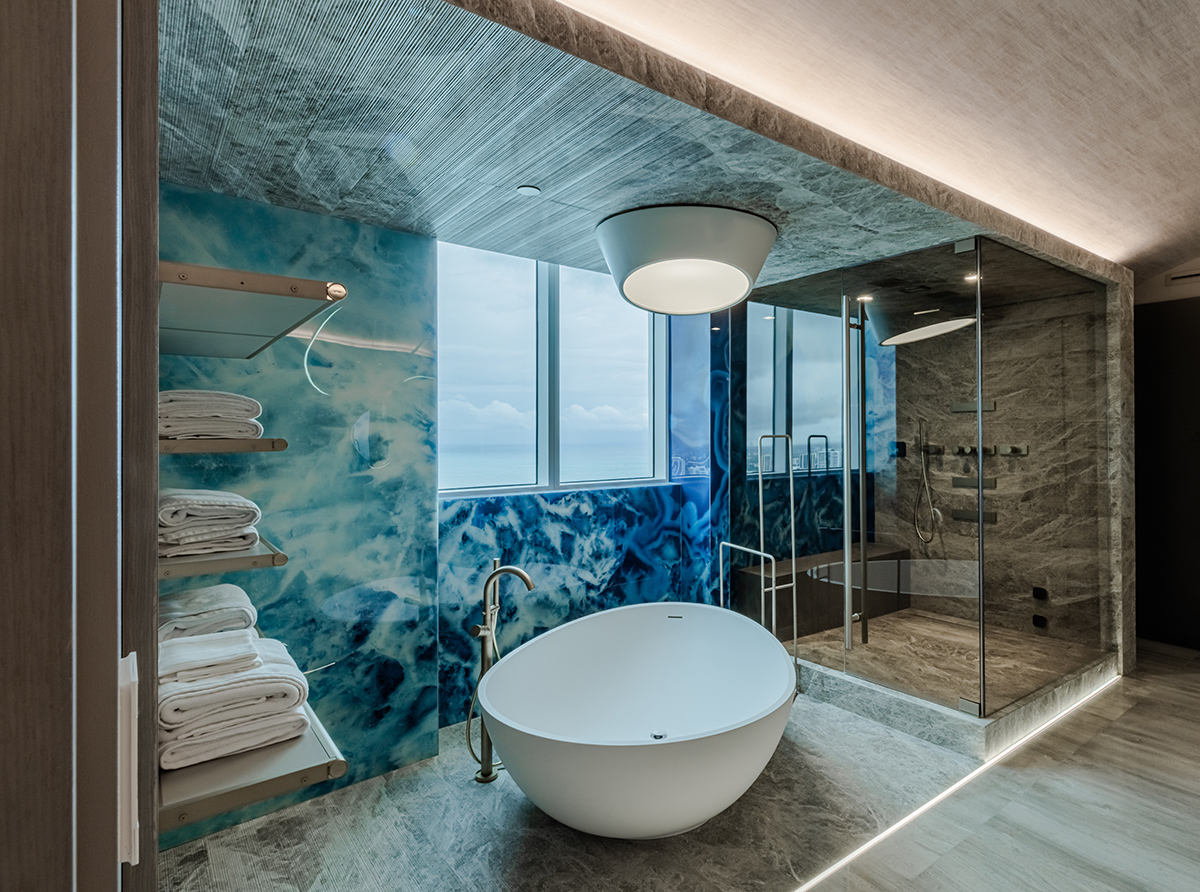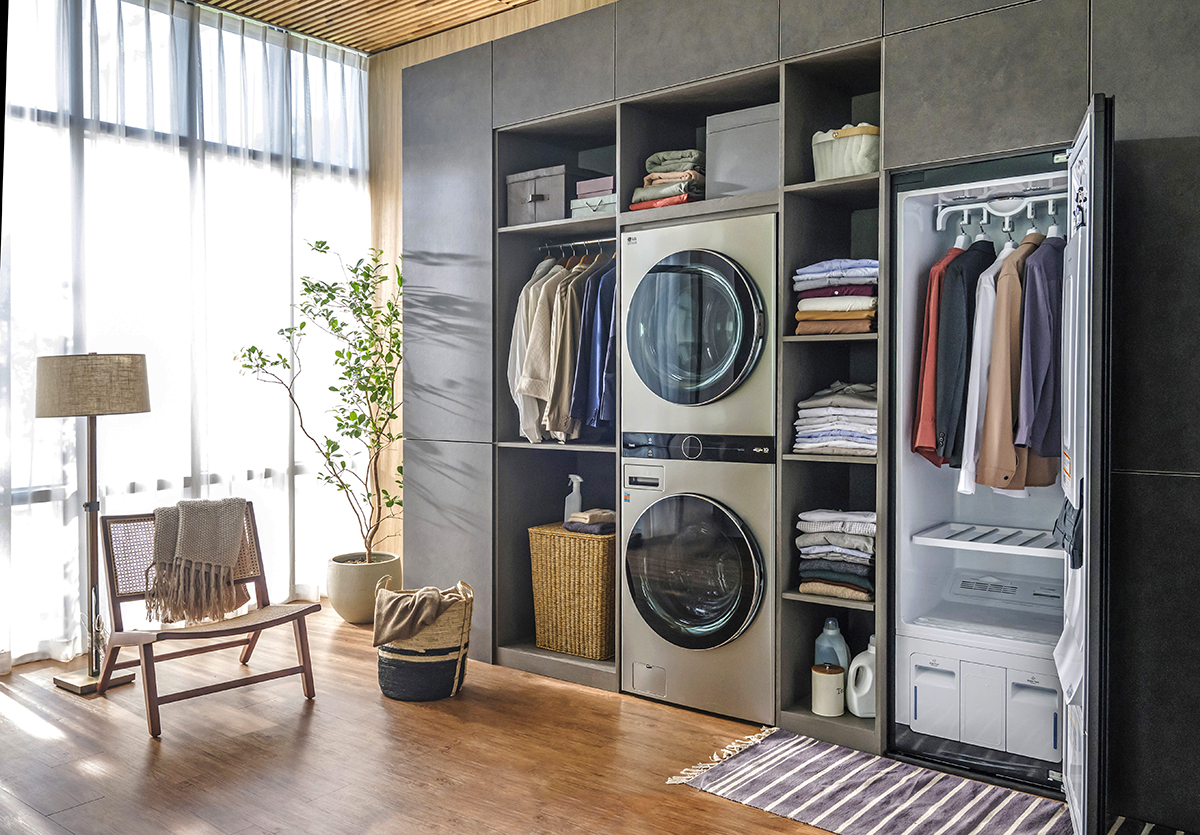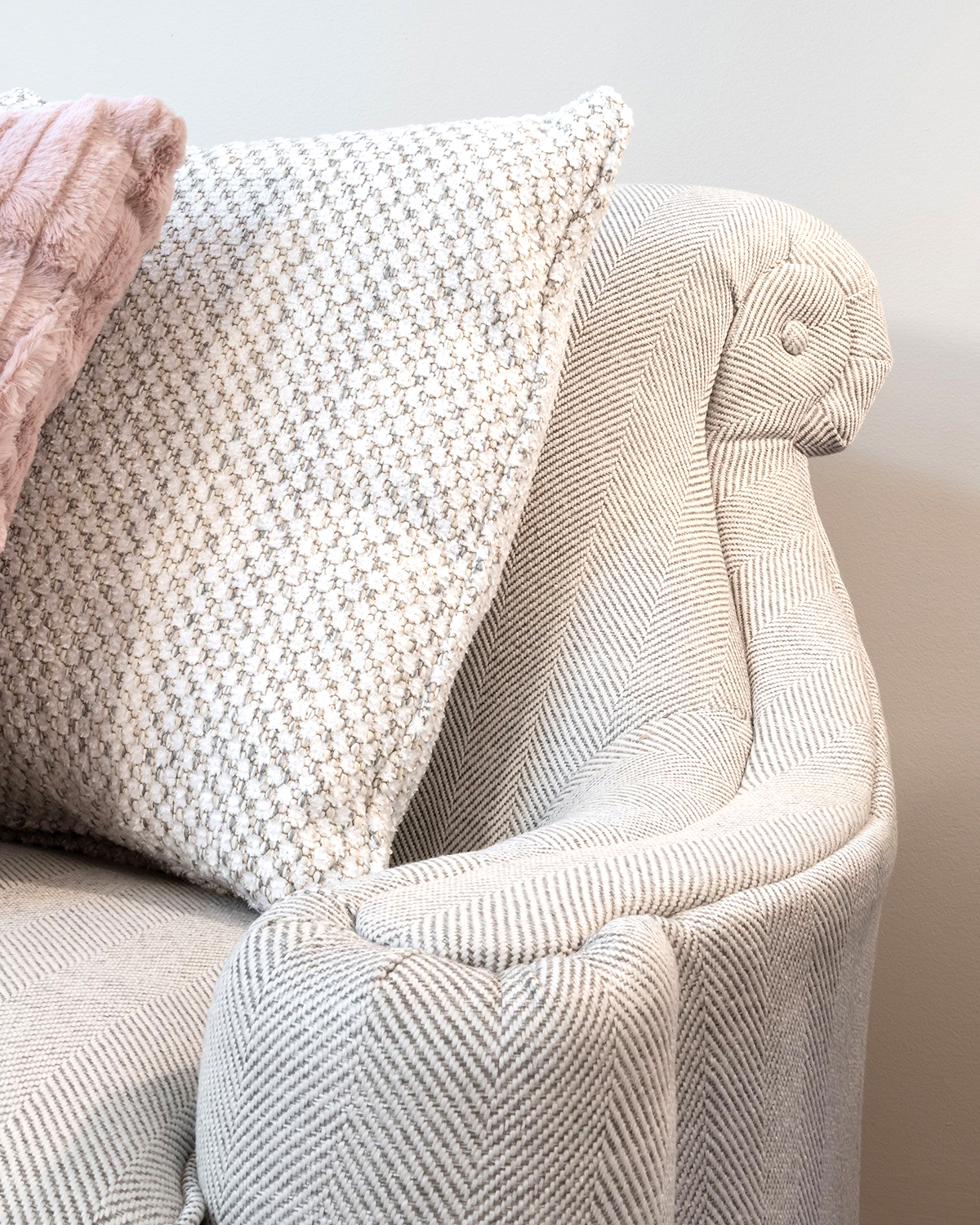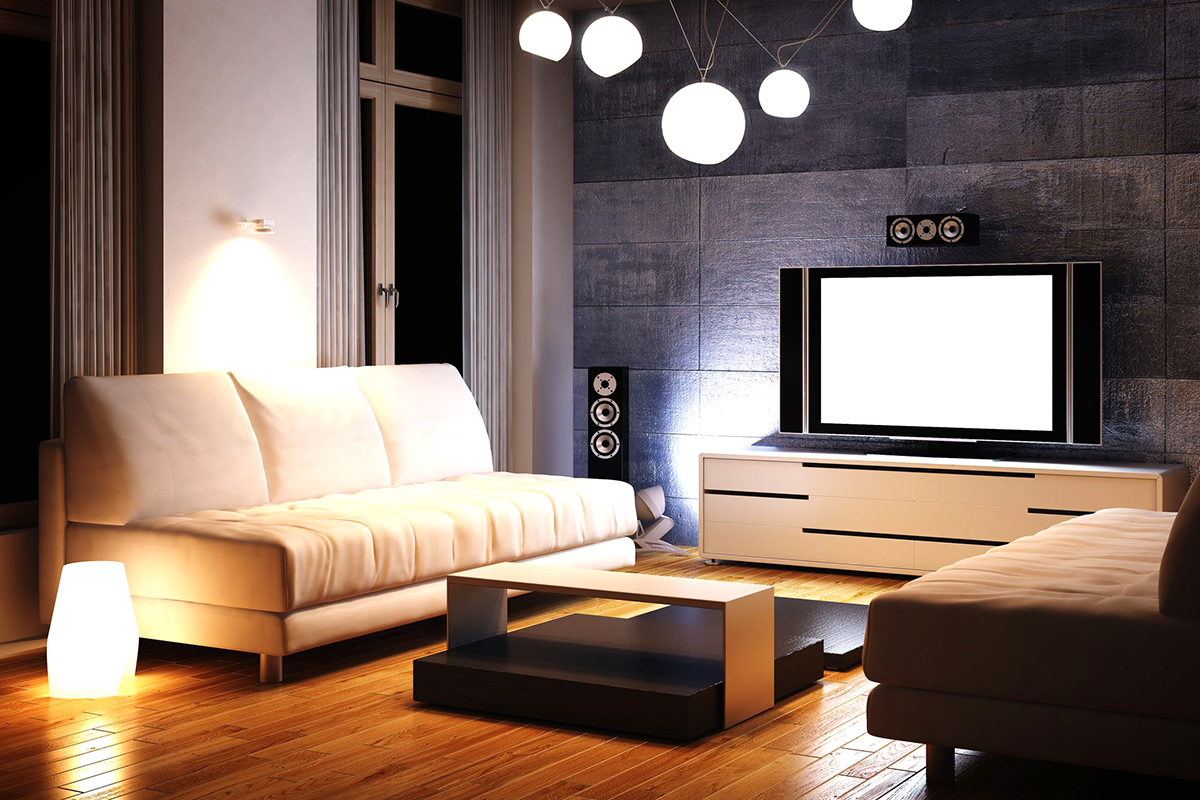WRITER | RON JOHNSON
PHOTOS| MONSMA MARKETING CORPORATION
Upgrading Your Wood-Burning Fireplace
Has it been some time since you’ve built a fire in your wood-burning fireplace? Do you have an old, unsightly, and inefficient gas log set that you seldom use?
If you don’t like the current look of your fireplace, are tired of having most of the heat that your fire produces go up the chimney, or are looking for an attractive energy-efficient option for your open fireplace, there are many possibilities.
You can have an energy-efficient fireplace insert installed into your current wood-burning fireplace that uses the fuel source of your choice. Inserts burn a variety of materials such as cordwood, wood pellets, natural gas, or liquid propane. You can even install an electric fireplace insert.
If you go with a wood-burning fireplace insert, you’ll lose the sounds and smells of an open wood fire, but you’ll still have a beautiful fire that won’t burn as much wood. Typically, you’ll use about one-third less cordwood with an insert than in an inefficient open fireplace.
Today, wood-burning stoves and inserts are required to be EPA approved, meaning the emissions are greatly reduced from what they were just two years ago. This also gives you airtight operation for clean, long burn times, active flame patterns, and efficient heating.
The doors for these are typically made of heat-resistant pyroceramic glass, which is very durable and great for heat transfer while allowing a generous view of the fire.
If you would rather not mess with cordwood, look into wood pellet, gas, or propane burning, or even electric inserts.
Wood pellets are available in 40-pound bags or in bulk from certain dealers. They are typically used in applications where the fuel is either LP gas or fuel oil. Prices tend to fluctuate and may get quite high at times. The flame presentation from wood pellets differ from a fireplace application, so you may want to see them in action before purchasing. Pellet stoves and inserts require a regular maintenance routine to keep them in top operating condition.
If you are not mechanically or physically inclined to take care of a pellet-fired unit, perhaps a gas-fired NG or LP model would be a better choice for you. These come in several designs and sizes, and most can be operated with a remote control for on/off and thermostat mode. Some remotes can also control fan speed and lights, if they are available.
There are insert sizes and models to fit almost any taste or application. They should be installed by a professional, as specific clearances are mandated. A chimney liner is also required for both safety and the best performance of your wood, pellet, or gas insert.
Your local hearth expert can help you determine which type and model will work the best for your application. Many hearth dealers have burning displays in their showroom for your review.
Whichever route you choose will surely be an energy-efficient upgrade for your home.



